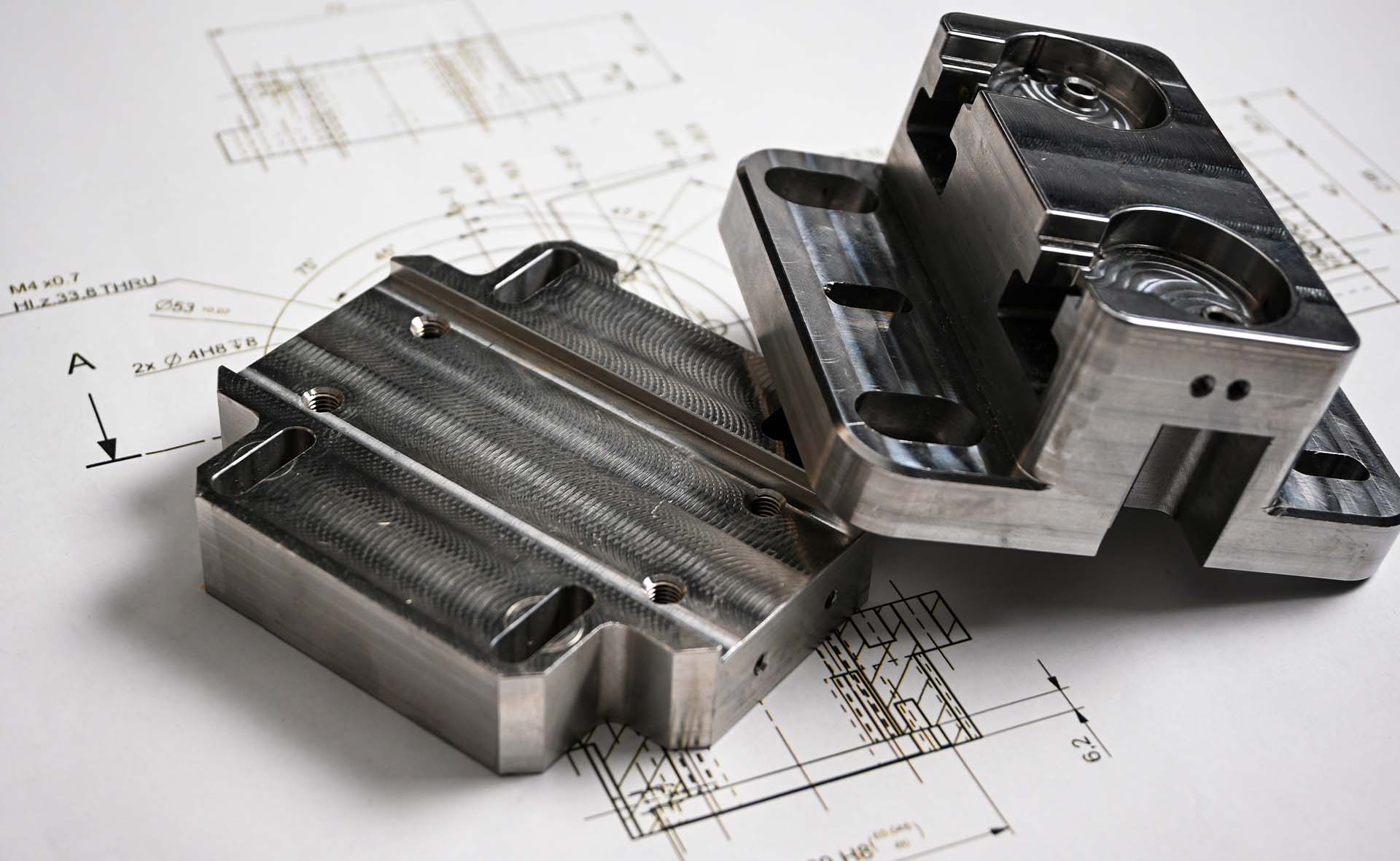While metals boast high strength and durability, playing a significant role in many industries, they also present their own set of challenges — they are heavy, prone to corrosion, require significant energy for production, and can be costly to manufacture and maintain. These challenges have led to the metal-to-plastic trend, which focuses on reducing weight and cost, improving corrosion resistance, and consolidating multiple metal parts into one plastic part. But is it possible and viable to switch from metal to plastic?

In this article, we examine the differences between metal and plastics, discuss the key reasons to consider transitioning from metal to plastic, provide a list of engineering plastic material alternatives, present application success cases, and assess the viability of metal-to-plastic conversion for your project.
Reduced size, thickness, and weight: Plastic parts are typically 25% to 50% lighter than their metal counterparts. They can also be made to be smaller and thinner than metal parts. The benefits of reduced weight make themselves apparent across the board — in manufacturing, shipping and the end application of the product.
Decrease in overall production time: With processes like injection moulding available, companies can produce thousands of plastic parts per year efficiently using multicavity tools. The rate of manufacturing is often also faster for plastics than metals.
Less expensive than metal: Plastic materials are often more cost-effective than metals, both in terms of raw material costs and production expenses. It is said to potentially provide an overall cost savings of 25-50% over metals.
Longer tool life: The tooling life for plastic parts on average is up to six times that of the life expectancy for a cast aluminium tool.
Greater design freedom: Plastic offers a superior level of flexibility when compared to metal and are more malleable. They can be moulded in ways metal cannot, offering the ability to integrate and accommodate complex shapes and geometries as well as consolidate parts.
Parts consolidation: Plastics offer the opportunity for parts to be manufactured in a single step, eliminating the need for secondary assembly processes.
Plastics don’t rust: The corrosion resistance inherent in plastics contributes to longer service life, which is especially useful for parts exposed to harsh environmental conditions.
Here is a list of common engineered resins that can be used for metal replacement:
Although many say otherwise, the reality is plastics don’t have the same strength metals do. However, many advanced and high-performance plastics today, such as the ones listed above, offer impressive strength characteristics. If your goal is to create, for instance, a mould tool that can withstand the high pressures of injection moulding and last hundreds and thousands of shots, plastic is not viable. However for many other applications, plastics are strong enough. Learn how different industries are successfully using plastic as an alternative to metal below.

Automotive Industry
The automotive industry has been one of the biggest drivers of metal-to-plastic conversion, particularly for weight-saving applications and to improve performance. This transition spans various parts of the vehicle, from interior components to under-the-hood applications. Lighter thermoplastics are being used by auto manufacturers to replace steel and cast-iron parts within the car’s body and chassis.
Aerospace/Aircraft Industry
The aerospace and aviation industry is another sector leveraging the benefits of plastic conversion to reduce the weight of aircraft components that result in significant fuel cost savings. Some common applications include using heat resistant and non-corrosive engineering grade plastics like PEEK, which has excellent strength-to-weight ratio and resistance to extreme temperatures and chemicals, to replace steel and aluminium assemblies, brackets and structural support components.
Military/Defence Sector
From lightweight military vehicles to reducing the weight of armed forces’ gear and equipment, plastics like PA (nylon) have many uses and applications for today’s military. Troops outfitted with gear made from plastic components have less of a burden to carry and are more agile, helping improve safety and mobility across the board.
Food Industry
Food processing equipment, such as coffee machines that traditionally used aluminium valves, have replaced them with PEEK, partly due to the metallic taste aluminium imparts and partly due to durability and safety concerns. Additionally, low-friction POM is commonly used to replace metal conveyor belt components, fasteners, and gears in food processing machinery.
Switching from metal to plastic is viable for some, but not all applications. Nevertheless, we challenge you to explore this question: Could this part be made better with plastic? When exploring this, key questions to ask yourself include: What are the operating conditions? What is the maximum load and deflection conditions? What are the possibilities for part consolidation? How much creep/fatigue is acceptable? What are the weatherability requirements?”
One important point to consider is that plastics can be more challenging to recycle compared to metals. For this reason, switching from metal to plastic should be approached with caution and consideration of the recyclability of plastics. Each case should be evaluated individually to determine whether such a switch is warranted.
Work with us on your switch from metal to plastic. A prototype will allow you to test and validate your design before it goes into full production to ensure an effective conversion from metal to plastic. Simply upload your 3D CAD to our site contact form and project details like quantity, material, surface finish or any other requirements. Our team will review your project and get back with a quote within 24 to 48 hours or less.
